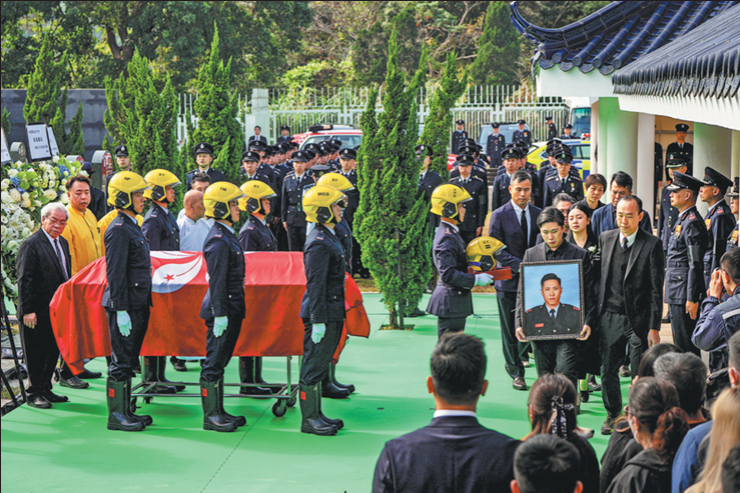Fever clinics help amid rising risks
By WANG XIAOYU | China Daily Global | Updated: 2020-12-04 08:50

Early alerts considered crucial part of ramped-up preparedness against COVID-19 pandemic
Amid a spattering of local COVID-19 infections, China is ramping up preparedness at fever clinics nationwide and striving to prevent hospital-acquired infections, the National Health Commission said on Thursday.
The border city of Manzhouli in the Inner Mongolia autonomous region reported one new locally transmitted case and one new asymptomatic patient on Thursday, bringing the total number of confirmed infections in the region to 21.The first two cases were detected on Nov 21, according to the local government.
In recent weeks, Shanghai, Tianjin, Qingdao in Shandong province and Shenzhen in Guangdong province have all registered new local infections, with the majority involved in handling cold imported food products from overseas.
Wu Liangyou, deputy director of the commission's disease control bureau, said the colder temperatures in winter and the increase in population mobility and large events in China have all threatened to accelerate the spread of the virus in the country.
To cope with the rising risk, Jiao Yahui, an official with the disease control and prevention bureau, said the vital role of fever clinics in sending early alerts should be amplified.
She said several domestic outbreaks, including the one in Beijing in June that is linked to a wholesale market and the cluster involving employees at an airport in Shanghai, were first detected in fever clinics after patients tested positive.
Most of the remaining outbreaks were identified thanks to regular screenings and testing in the coldchain sector, she said during a news conference held by the State Council's Joint Prevention and Control Mechanism.
"Since China began implementing regular disease control measures in April, local governments have all taken action to upgrade or build fever clinics," Jiao said.
According to Jiao, at least 7,000 fever clinics in general hospitals meeting new requirements have been set up recently.
"General hospitals and children's hospitals are our focus now," she said.
Newly built fever clinics are located in relatively isolated areas and are equipped with separate medical isolation rooms. Their facilities and equipment are not allowed to be shared with other medical services, according to Jiao.
"Medical workers at fever clinics will also receive additional training to sharpen their ability to identify COVID-19 infections," she said. "More than 4.3 million healthcare workers nationwide have participated in online training so far."
According to Jiao, Wuhan in Hubei province, the city hit hardest by the virus earlier this year, is a front-runner in the nationwide renovation of fever clinics.
"There are 62 fever clinics at local hospitals and 203 facilities capable of receiving feverish patients in neighborhoods, formulating a network that provides convenient access to medical services for local residents exhibiting relevant conditions," she said.
The rising risk of virus transmission also piles pressure on the ability of hospitals to prevent their patients and staff members from contracting the virus at medical institutions.
Jiao said an outbreak that took place in Heilongjiang province in April was blamed on hospital-acquired infections.
"The incident exposed the lack of vigilance among some intensive care unit workers, as well as loopholes in visitation policies," she said, adding that during the epidemic, many visitors were not allowed to enter the hospital unless the visit was essential, and they had to present negative nucleic acid test results.
Inspections on efforts devoted to stamping out hospital-acquired infections have also been ramped up, and people responsible for such infections will be thoroughly investigated, she said.
























